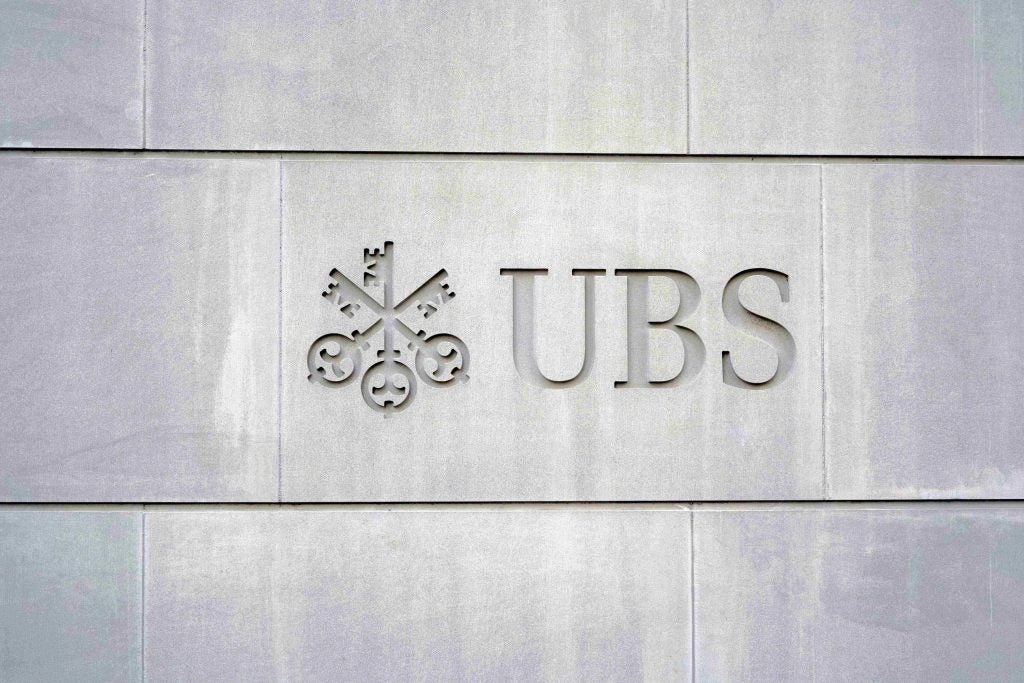The German economy again will see strong growth in 2014, according to a study entitled ‘"Cash for Growth 2013’ by Roland Berger Strategy Consultants and Creditreform.
For its Mittelstand (SMEs), this means an increase in the amount of capital needed for financing necessary investments. What’s more, many companies have scheduled major refinancing programs for the next few years, which will drive up the need for capital even more.
For 89% of companies, internal financing still ranks ahead of bank loans and equity as the most important way to improve their capitalization. However, the length of time capital remains tied up at Mittelstand companies has risen again in recent years.
This puts optimizing working capital back at center stage, since that’s how companies can tap into liquidity potential worth EUR 87 billion. These are the findings of. The study examined liquidity management data from over 2,700 companies during the 2010-2012 period.
In the next couple of years, German SMEs will face daunting financing challenges. Upcoming refinancing due to expiring mezzanine programs and maturing bonds threaten the financing of planned expansion and growth.
Sascha Haghani, deputy CEO Germany and head of the new Restructuring & Corporate Finance Competence Center at Roland Berger Strategy Consultants, said: "In this environment, companies have to strengthen their internal financing by again sustainably optimizing their working capital."
How well do you really know your competitors?
Access the most comprehensive Company Profiles on the market, powered by GlobalData. Save hours of research. Gain competitive edge.

Thank you!
Your download email will arrive shortly
Not ready to buy yet? Download a free sample
We are confident about the unique quality of our Company Profiles. However, we want you to make the most beneficial decision for your business, so we offer a free sample that you can download by submitting the below form
By GlobalDataThe companies agree: 55% of those surveyed plan to optimize their inventories, 46% to shorten the payment period for customers and/or lengthen it for suppliers (45%).
Profitable companies report high working capital
Since 2009, the amount of time capital remains tied up – at both SMEs and large companies – has increased, due mainly to larger inventories. A key reason is the rebound in profitability following the financial crisis.
Companies with an EBIT margin of 2% or less tie up their capital for an average of 48 days. By contrast, highly profitable firms with EBIT margins over 10% do so for 72 days.
Haghani said: "More profitable firms find it easier to obtain working capital financing on the capital markets. They therefore are under less pressure to optimize their inventories or payment periods. But that becomes all the more important for improving their debt-equity ratio."
Sales revenue is another factor that affects working capital.
Michael Bretz, head of economic research at Creditreform, said: "Smaller companies tie up their capital more than 30% longer than large companies. The latter have better inventory or receivables management and longer payment periods for their suppliers."
Paper industry has the shortest capital tie-up duration
In addition, there are major differences between industries: in the clothing industry, capital tie-up has risen by 10 days since 2010, peaking in 2012 with an average of 93 days. Unlike most other industries, pharma was able to reduce its capital-tie up by 3 days, down to an average of 56 days. The paper industry boasts the best time, with just 43 days.
Inventories varied the most among the industries, by up to 60 days. Payment periods for trade payables were relatively similar in all sectors, with a variance of just 10 days. The food industry waits the longest to pay its suppliers (27 days), while chemicals companies pay their bills after just 17 days on average.
Weak credit rating means higher capital tie-up
Companies with a medium to poor credit rating have an above-average amount of tied-up capital. And the worse the credit rating, the longer the period for settling trade payables.
Overall, the punctuality of payments rose in all industries by seven percentage points to 70% over the period under review. The paper and clothing sectors pay the most promptly, while companies in the telecommunications and food industries are relatively unpunctual.
Bretz added: "Companies with low credit ratings in particular have to radically improve their inventory management, since here is where the most liquidity can be freed up."
EUR 87 billion in liquidity potentially available
Haghani added: "To safeguard future growth against a liquidity shortfall, companies need to optimize their working capital management. By doing so, German SMEs could free up EUR 87 billion in liquidity."
At any rate, the liquidity potential of the companies surveyed amounted to 12-18% of their working capital in 2012. Reducing inventories frees up the most liquidity (44%) followed by improving receivables management (35%) and pushing through better terms for trade payables (21%).







